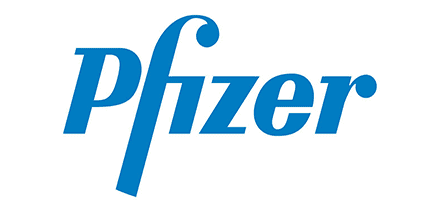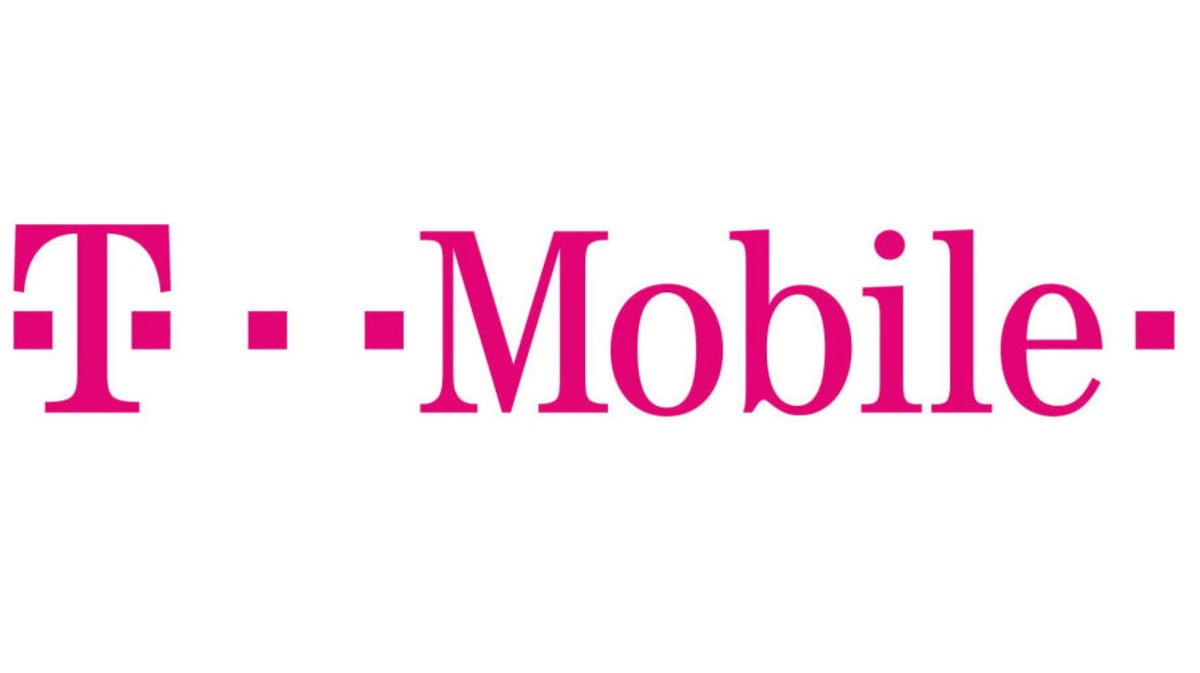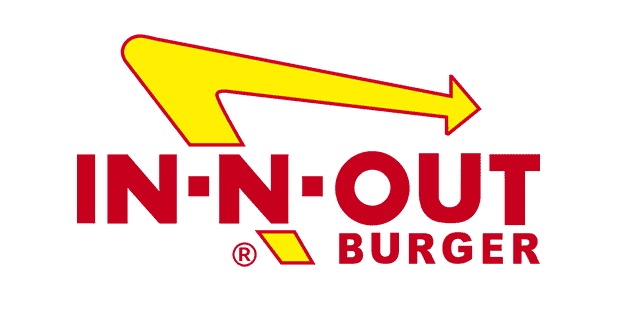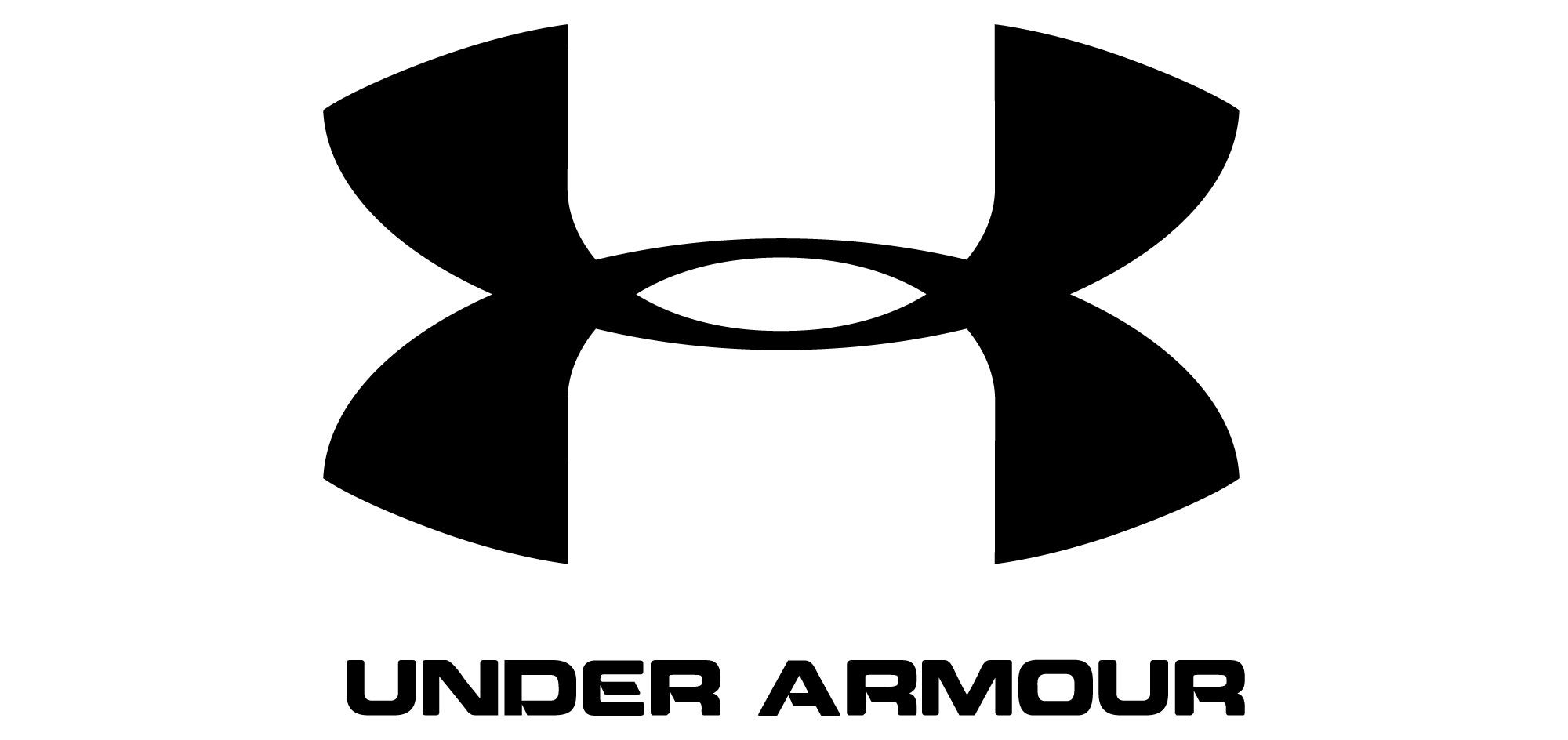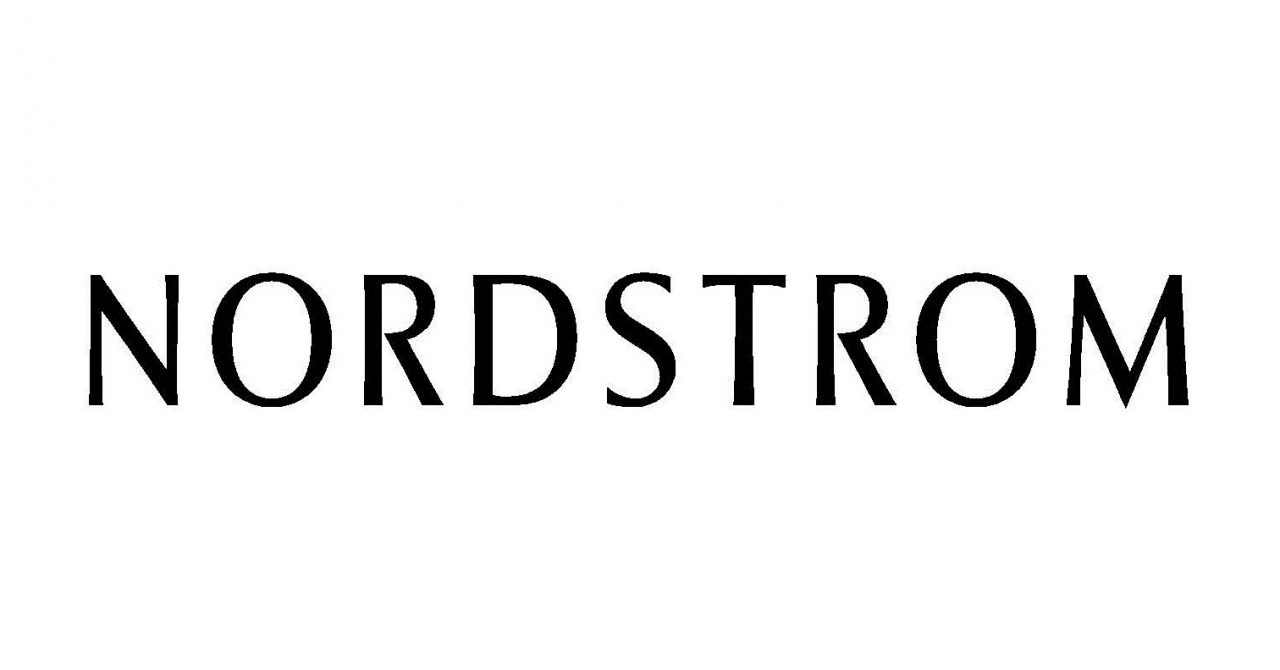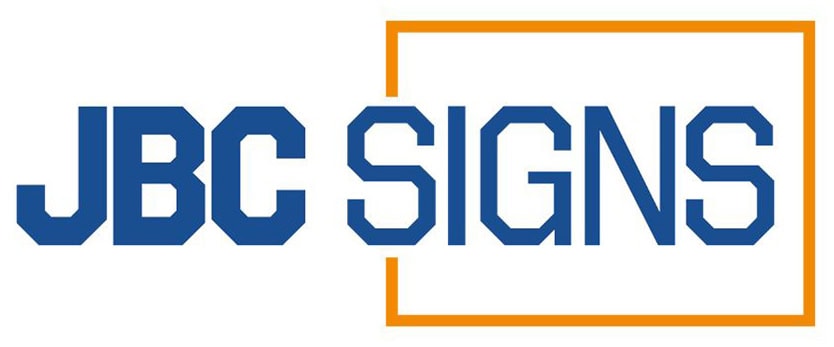Key Takeaways:
- Eye-Level Placement – Hang signs between 4 to 6 feet high for best visibility.
- Pick the Right Holder – Use ceiling hooks, wall brackets, or standoffs based on your sign’s weight and material.
- Secure It Properly – Use anchors for drywall, masonry screws for brick, and strong adhesives for glass.
- Avoid Common Mistakes – Don’t place signs too high, use weak adhesives, or ignore weather damage.
- Keep It Simple & Readable – Use bold, clear fonts and high-contrast colors for easy reading.
- Check & Maintain – Regularly inspect for loose screws, fading, or wear to keep your sign looking fresh.
- Need Quality Sign Holders? – Check out Displays & Holders for durable hanging sign holders and business signs.
How to Hang Your Business Sign for Maximum Visibility
So, you’ve got a great business sign, and now you need to hang signs the right way. Sounds easy, right? But if you’ve ever seen a crooked sign, one that’s too high, or worse—one that falls down—you know there’s more to it than just slapping it on a wall.
Whether you’re using a hanging sign holder, mounting it on a storefront, or suspending it from a ceiling, placement matters. A well-placed sign can attract more customers, while a poorly placed one might get ignored—or even become a safety hazard.
Let’s break down the best way to hang business signs so they get noticed (for the right reasons).
Why Sign Placement Matters
Before we get into the how, let’s talk about why placement is so important.
- Visibility: If your sign is too high, too low, or blocked by something, people won’t see it.
- Readability: Even a great design won’t help if the angle or lighting makes it hard to read.
- Durability: A poorly secured sign can fall, get damaged, or even cause accidents.
- First Impressions: A crooked or messy sign makes your business look unprofessional.
Now, let’s get into the best practices.
Choosing the Right Spot
The first step in hanging business signs is picking the perfect location. Here’s what to consider:
- Eye Level is Key: People naturally look straight ahead when walking or driving. The ideal height for most signs is between 4 to 6 feet from the ground.
- Avoid Obstructions: Make sure nothing blocks the view—no trees, poles, or other signs in the way.
- Lighting Matters: If your sign isn’t lit, place it where natural or streetlight helps it stand out.
- High-Traffic Areas: Put your sign where the most people will see it—near entrances, checkout counters, or sidewalks.
Picking the Right Hanging Sign Holder
Not all signs are hung the same way. The holder you choose depends on:
- Sign Material: Lightweight vinyl? Heavy acrylic? Metal? Each needs different support.
- Mounting Surface: Drywall, brick, glass, or ceiling? Some surfaces need special hardware.
- Indoor vs. Outdoor: Outdoor signs need weather-resistant holders that won’t rust or break.
Here are some common hanging sign holder options:
- Ceiling Hooks & Chains: Great for hanging signs from above (like in stores or trade shows).
- Wall Brackets: Perfect for securing signs to walls without drilling huge holes.
- Standoffs: These give a sleek, floating look for acrylic or metal signs.
- Adhesive Holders: Best for lightweight signs on smooth surfaces (no drilling needed).
Pro Tip: If you’re unsure which holder to use, check the weight limit and installation instructions before buying.
How to Hang Your Sign Securely
Now, the big question—what’s the best way to hang a business sign? Here’s a step-by-step guide:
- Measure Twice, Drill Once
- Mark where the sign will go with a pencil.
- Use a level to make sure it’s straight (crooked signs look sloppy).
- Choose the Right Hardware
- For drywall, use anchors to prevent the sign from pulling out.
- For brick/concrete, masonry screws or anchors work best.
- For glass, suction cups or adhesive holders are safest.
- Secure the Sign Properly
- If using a hanging sign holder, attach it firmly to the wall or ceiling first.
- Double-check that screws or adhesives are tight.
- Test It Out
- Gently tug the sign to make sure it’s stable.
- If it wobbles, reinforce it before leaving it up.
Safety Note: If your sign is heavy or large, consider hiring a professional to install it. A falling sign can cause injuries or damage.
Common Mistakes to Avoid
Even small errors can make a big difference. Here’s what NOT to do when you hang signs:
- Placing It Too High or Low: If people have to crane their necks or look down, they’ll ignore it.
- Ignoring Weather Conditions: Outdoor signs for business need waterproof materials and rust-proof hardware.
- Using Weak Adhesives: Tape or weak glue might fail—always use strong mounting options.
- Forgetting About Maintenance: Check your sign regularly for loose screws or wear.
Making Your Sign Stand Out
Hanging it right is just the first step. Here’s how to make sure your sign gets noticed:
- Contrasting Colors: Dark text on a light background (or vice versa) is easiest to read.
- Big, Clear Fonts: Fancy scripts look nice but can be hard to read from a distance.
- Keep It Simple: Too much text or clutter makes it hard to grasp quickly.
When to Replace or Adjust Your Sign
Even the best-placed sign might need updates. Look out for:
- Fading colors (sunlight can bleach signs over time).
- Loose or wobbly holders.
- Changes in your business (new logo, new promotions).
Quick Fix: If your sign looks dull, a quick clean with mild soap and water can bring back its shine.
Ready to Hang Your Sign Like a Boss?
Hanging a business sign isn’t rocket science, but doing it right makes all the difference. From choosing the right hanging sign holder to avoiding common mistakes, these tips will help your sign look professional and attract more customers.
And hey, if you’re looking for high-quality hanging business signs, durable hanging sign holders, or practical plastic brochure holders, we’ve got you covered. At Displays & Holders, we offer a wide range of sign solutions to fit any business need. Check out our collection and find the perfect match for your store, office, or event.
Now go hang that sign like a pro!





